12+ Creative Staff Bonus Ideas That Go Beyond Cash Rewards
Empuls
OCTOBER 30, 2024
Bonuses have long been a favorite tool for employers to boost employee motivation and engagement. However, a 2021 study found that nearly 78% of employees feel more motivated when they receive a mix of both financial and non-monetary rewards. The challenge is that not all bonuses are created equal.





























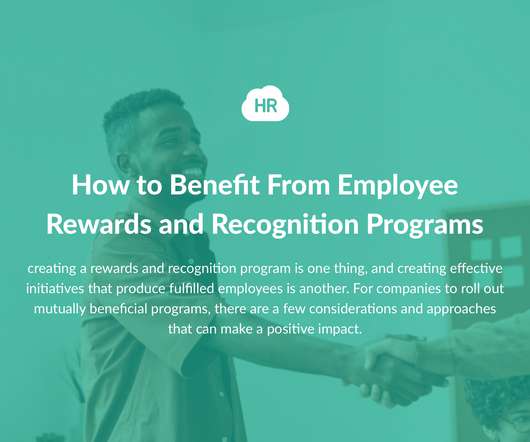


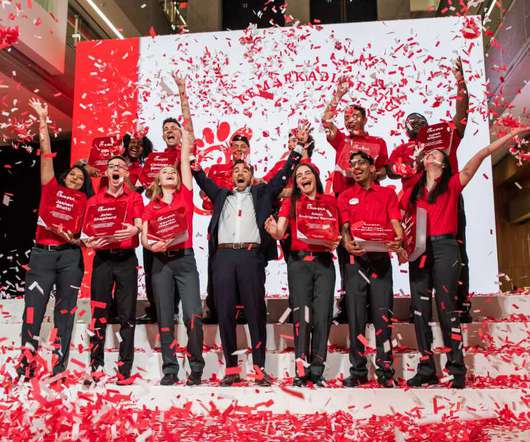



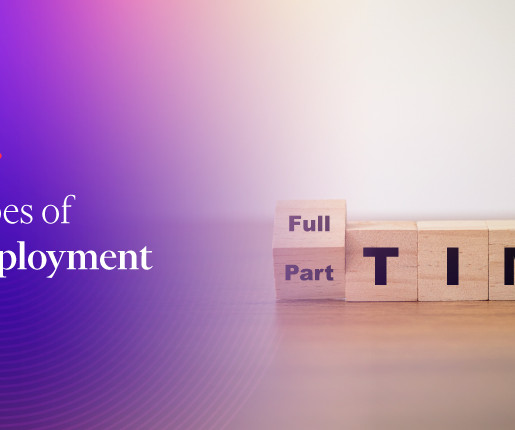
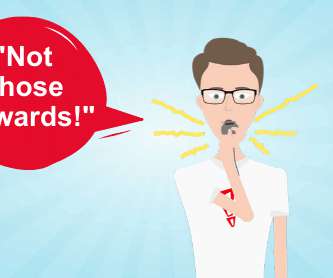

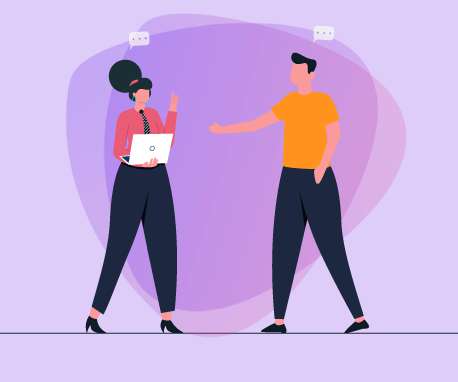














Let's personalize your content